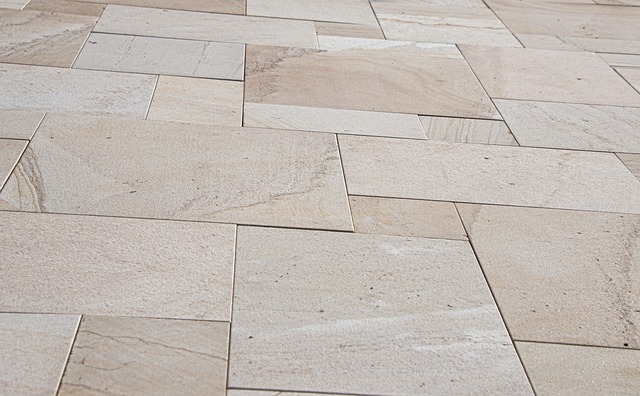The text provides an comprehensive guide on the best methods for cleaning tile floors, emphasizing the importance of proper preparation, deep cleaning, stain removal, repair, re-grouting, sealing, polishing, and regular maintenance. By following these steps, you can extend the lifespan and preserve the aesthetic appeal of your tile floors while ensuring they remain vibrant and functional. Key points include using suitable cleaning solutions, protecting nearby surfaces and yourself with PPE, testing cleaners on a small area, deep vacuuming and mild detergent use, targeting specific stains with specialized cleaners, hot water extraction, regular upkeep, repairing cracks and chips promptly, and re-grouting to prevent mold growth. Regular sealing and polishing enhance protection and aesthetics.
“Uncover the secrets to revamping your tile floors with our comprehensive guide! Explore the best methods for cleaning tile floors, catering to various types and addressing common issues. From understanding different floor types and their unique challenges to implementing effective stain removal techniques, this article is your go-to resource. Learn about deep cleaning rituals, grout rejuvenation, sealing, and polishing tips. Additionally, discover protective measures and maintenance hacks to ensure your tile floors remain stunning for years to come.”
Understanding Tile Floors: Types and Common Issues
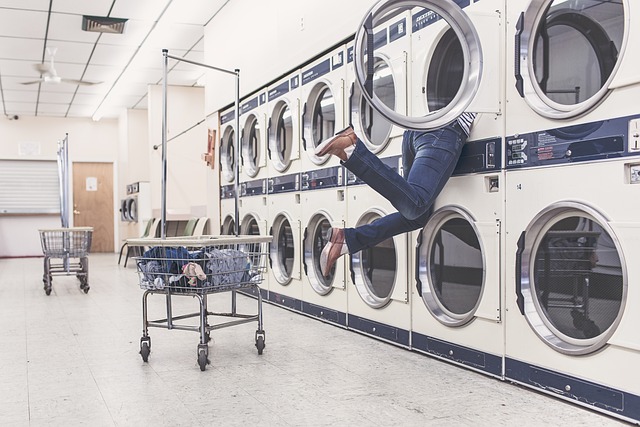
Tile floors, a popular choice in homes and commercial spaces alike, come in various types, each with unique characteristics. From ceramic and porcelain to natural stone like marble or slate, understanding the material is key to effective restoration. Over time, tile floors can accumulate dirt, stains, and damage from foot traffic, cleaning products, and environmental factors. Common issues include faded grout lines, chipped tiles, mold growth in damp areas, and surface scratches. To maintain their beauty and longevity, regular care and the best methods for cleaning tile floors are essential. Using suitable cleaning solutions, proper techniques, and avoiding harsh chemicals will help restore and preserve these floors to their original splendor.
Preparing for Restoration: Protective Measures
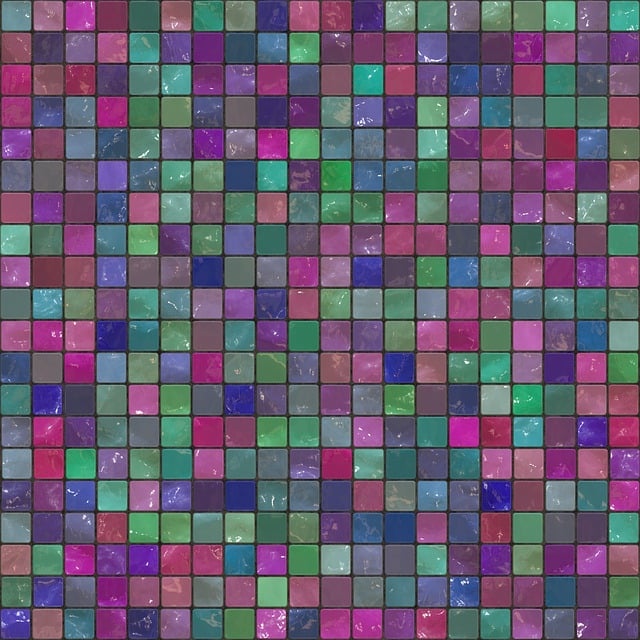
Before beginning any tile floor restoration project, proper preparation is key. The first step in this process involves protective measures to ensure both the safety of your space and the longevity of your restored floors. Begin by clearing the area of all furniture and obstacles, giving you ample room to move around with ease. Next, cover nearby surfaces, baseboards, and doors with drop cloths or plastic sheeting to protect against any debris or cleaning solutions that may spill during the restoration process.
Additionally, it’s crucial to wear appropriate personal protective equipment (PPE), including gloves, safety goggles, and a respirator mask. These precautions are essential when handling cleaning agents and working in confined spaces to prevent skin irritation, eye strain, and respiratory issues. The best methods for cleaning tile floors also involve testing any cleaning solutions on a small, inconspicuous area first to ensure they don’t damage or discolour the tiles.
Deep Cleaning: The First Step in Revitalization

Deep cleaning is a fundamental first step in revitalizing your tile floors. It involves removing built-up dirt, grime, and stains that can obscure the floor’s original beauty. The best methods for cleaning tile floors start with vacuuming to remove loose debris, followed by using a mild detergent and warm water to tackle stubborn marks without damaging the tiles or grout.
For more challenging stains, consider using specialized cleaning solutions designed for tile and grout. Always test any cleaner in an inconspicuous area first to ensure it won’t cause discoloration. After deep cleaning, rinsing thoroughly with clean water is essential to eliminate any residual soap or chemicals. This preparation ensures that subsequent sealing or polishing techniques will provide optimal results, enhancing the floor’s appearance and longevity.
Removing Stains and Discoloration: Effective Techniques
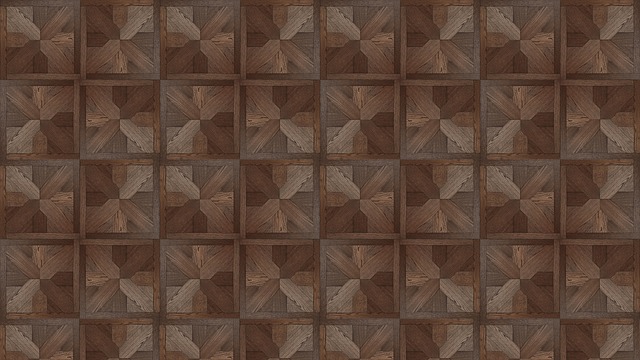
Removing stains and discoloration from tile floors requires a strategic approach using the best methods for cleaning tile floors. The first step is identifying the cause of the stain, as different solutions are needed for water damage, mold, mildew, or oil-based residue. For example, moisture-related issues often call for a thorough drying process to prevent further damage, while organic stains may demand a blend of mild acids and cleaning agents to break down the buildup effectively.
Among the best methods for cleaning tile floors are using specialized tile floor cleaners designed to tackle various types of stains. These products often contain powerful yet safe ingredients that can dissolve tough grime and restore the original luster of the tiles. Additionally, hot water extraction machines have proven effective in removing deep-seated dirt and debris, leaving behind clean, refreshed flooring. Regular maintenance, including prompt wiping of spills and seasonal deep cleaning, plays a crucial role in preventing new stains from forming, ensuring your tile floors remain vibrant and free from discoloration for years to come.
Repairing Cracks and Chips: Restoring Integrity
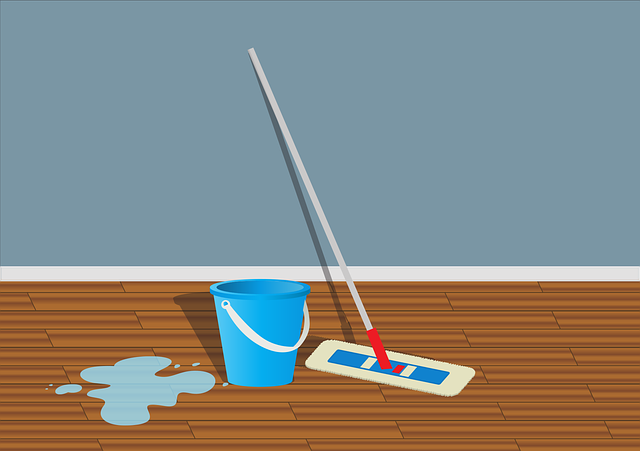
Repairing cracks and chips in tile floors is a crucial step in restoring their integrity and aesthetic appeal. The best methods for cleaning tile floors often include identifying the extent of damage before choosing the appropriate repair technique. Small chips can be addressed with specialty grout or mortar, while larger cracks might require more substantial repairs using epoxy injections.
Regular maintenance and immediate attention to issues like cracks and chips are key. Not only do these repairs enhance the floor’s durability, but they also prevent further damage from water penetration or debris buildup. By adopting effective cleaning practices and promptly addressing structural integrity concerns, you can extend the lifespan of your tile floors, ensuring they remain a vibrant and functional part of your space for years to come.
Grout Cleaning and Re-grouting: Enhancing Tile Pattern
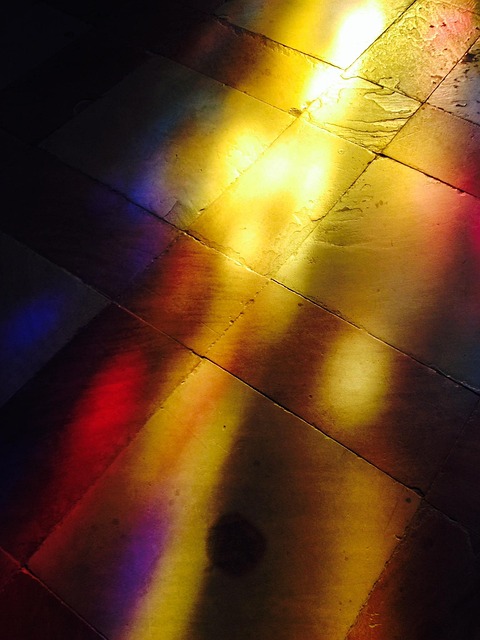
Tile floors, over time, can lose their initial charm due to grout buildup and discolored lines. Grout cleaning and re-grouting are effective methods to restore the aesthetic appeal and enhance the tile pattern. The best methods for cleaning tile floors involve using specialized grout cleaners that dissolve stubborn stains and grime. These cleaners are often a combination of powerful acids or enzymes that safely remove the grime without damaging the tiles.
Once the grout is thoroughly cleaned, re-grouting becomes necessary to refresh the overall look. This process involves removing the old grout and filling the spaces with new grout. Choosing the right grout color that complements the tile pattern can significantly enhance the visual appeal. Re-grouting not only restores the crispness of the tile lines but also prevents mold and mildew growth, ensuring a cleaner and more inviting floor surface.
Sealing and Polishing: Protecting and Adding Shine

Sealing and polishing are essential steps in tile floor restoration, offering both protection and an enhanced aesthetic appeal. The best methods for cleaning tile floors involve using high-quality sealers to create a durable barrier against stains, moisture, and dirt. This step is crucial, especially for older tiles that may have lost their initial gloss. After applying the sealer, polishing with appropriate tools and compounds can bring back the tile’s natural shine, revealing its original beauty.
Polishing also helps in removing minor scratches and imperfections, making the tiles look brand new again. It’s recommended to use floor polishing machines for larger areas to ensure even and fast results. For intricate patterns or delicate tiles, manual polishing with buffing pads can be more suitable. Combining these techniques not only restores the floors’ visual appeal but also extends their lifespan, ensuring they remain protected and looking their best.
Maintenance Tips for Longevity and Beauty
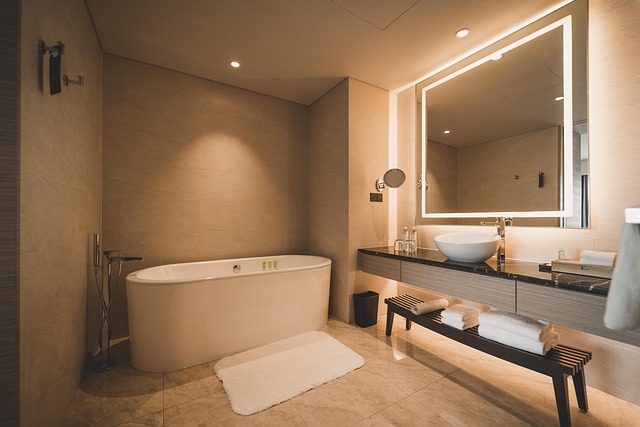
Regular maintenance is key to preserving the beauty and longevity of your tile floors. The best methods for cleaning tile floors involve a combination of preventive care and effective cleaning practices. Start by sweeping or vacuuming your floors daily to remove dirt, dust, and debris that can lead to staining and damage over time. This simple step goes a long way in maintaining the overall aesthetic appeal of your tiles.
For deeper cleaning, use a mild detergent specifically formulated for tile floors. Avoid harsh chemicals and abrasive cleaners that can strip away the protective glaze on your tiles. Employ a damp mop or sponge, ensuring excess water is wrung out to prevent water damage. Periodically sealing your tile floors with a high-quality sealer also protects against stains and moisture infiltration, further extending their lifespan.
